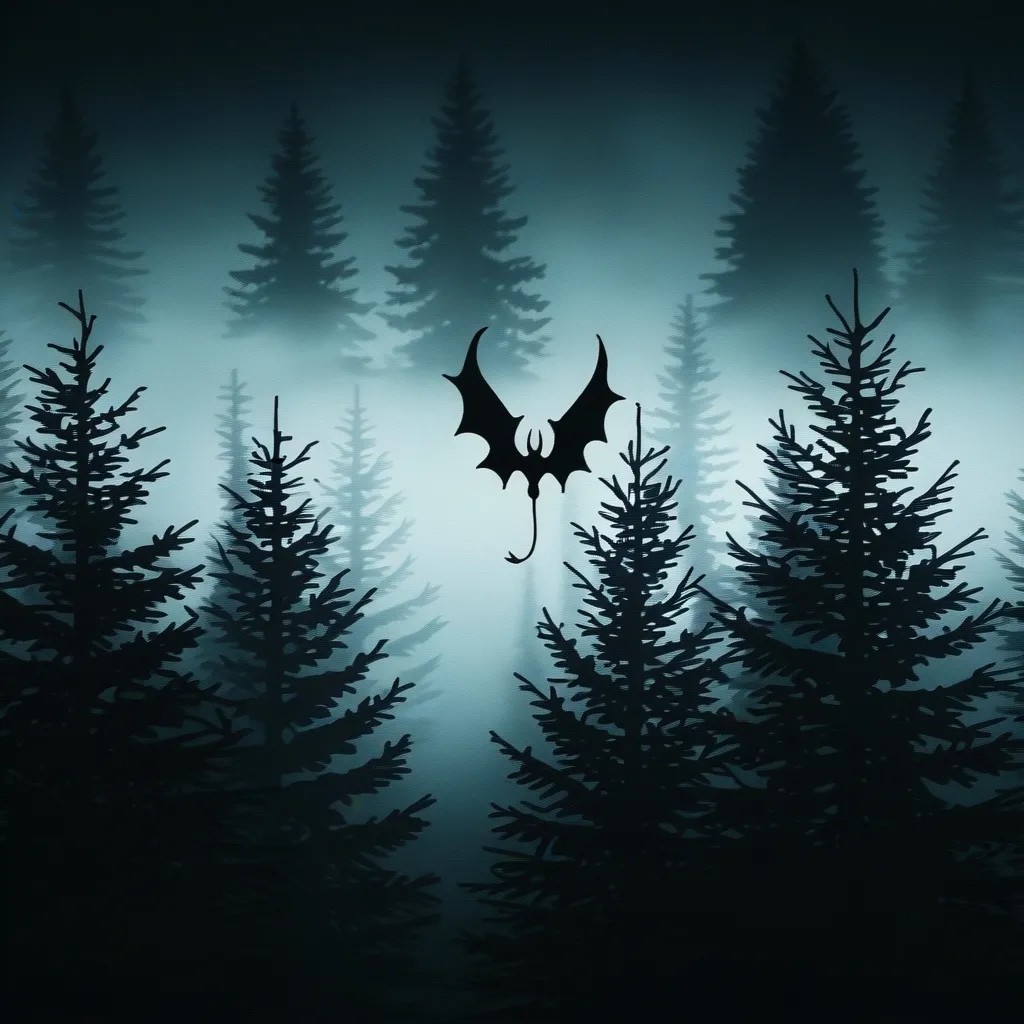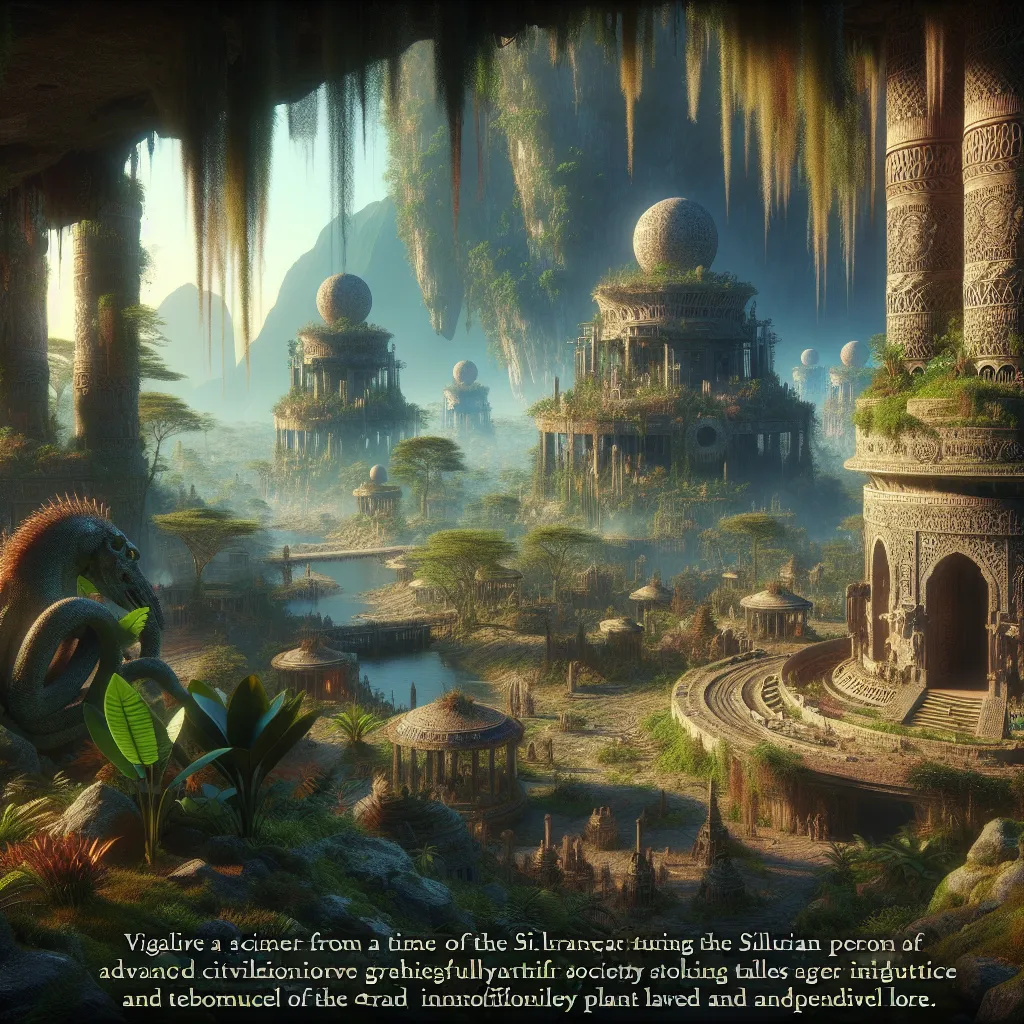Have you ever pondered the origin of crop circles? These mysterious patterns appearing overnight in farmers’ fields have baffled and fascinated us for centuries. We’re drawn into the intricate world of crop circles, a phenomenon that has sparked intrigue, debate, and controversy. They’re often recognized by their symmetrical geometry and precise execution, appearing in wheat, barley, and corn fields across the globe, leaving a trail of questions.
Crop circles, or agphs as they’re sometimes called, have captivated not only for their intricate designs but also for the enigma surrounding their creation. Are they the work of extraterrestrial beings, as some enthusiasts passionately argue, or are they elaborate hoaxes crafted by human hands under the cover of darkness? The truth is as elusive as the circles themselves, buried beneath layers of conjecture, myth, and a healthy dose of skepticism.
Theories range from the plausible to the downright bizarre. Some attribute these patterns to atmospheric phenomena, others to artistic pranksters, and still others to the inexplicable actions of alien life forms. The history of crop circles is as complex as the designs themselves, stretching back to a time before the term “crop circle” was even coined. While the modern incarnation of these patterns originated in the late 20th century, anecdotal evidence suggests their existence may span several centuries, if not longer.
From the infamous 1678 woodcut of the “Mowing Devil” to the Tully saucer nest incident of 1966, to the flurry of formations that began appearing in the 1970s and 80s, the story of crop circles is a rich tapestry woven through time and across cultures. It’s a tale that invites us to question, wonder, and seek answers in unexplored corners of our world.
Our journey through time begins in 1678 with a woodcut illustration depicting what is known in folklore as the “Mowing Devil” legend. This tale originates from England, where a farmer embroiled in a dispute boldly declared he would rather pay the Devil himself to cut his oat field than yield to the high fee demanded by his worker. The woodcut portrays a field of oat stalks arranged in a circle, a sight eerily reminiscent of modern-day crop circles. The figure in the center, armed with a scythe and complete with signature horns and a tail, is Satan himself. Unlike the mysterious crop circles we know today, this circular arrangement was attributed directly to the Devil.
Fast forward to 1966 near the small town of Tully in Australia. Here, a farmer claimed to have witnessed a flying saucer ascend from a swampy area and zoom off into the sky. Upon investigation, he discovered a circular area of flattened reeds and grass, which he presumed was the handiwork of the alien spacecraft. However, authorities suggested the formation was likely the result of natural phenomena such as a dust devil or waterspout.
Throughout history, mysterious circles appearing in grass have been attributed to various causes, from fairies to disease. In 1686, British naturalist Robert Plot attributed rings or arcs of mushrooms in “The Natural History of Staffordshire” to airflows from the sky. This theory was later linked to modern crop circles by meteorologist Terence Meaden in 1991. While the “Mowing Devil” legend might be seen as the earliest depiction of a crop circle, it was more a product of folklore than an unexplained phenomenon.
The true enigma of crop circles, as we understand them today, began to unfurl later. Fast forward again to the Tully incident in 1966, where we encounter the first modern report of a crop circle. In the early dawn of a January morning, a sugarcane farmer reported seeing a flying saucer rising from a swampy area and swiftly disappearing into the sky. Intrigued, the farmer investigated the site and discovered a roughly circular area of debris and flattened reeds and grass. Convinced that this bizarre formation was the work of extraterrestrial beings, he reported his findings. The local press quickly caught onto the story, dubbing the mysterious formation a “flying saucer nest.”
However, the local police suggested the circular formation was likely the result of natural phenomena such as a dust devil or waterspout. Despite the logical explanation, the farmer held steadfast to his belief, sparking intrigue and speculation in the small town. The formation wasn’t found in a crop field but in a grassy marshy area—a distinction that matters. Circular impressions in grass aren’t necessarily enigmatic. Similar rings have been found in grassy areas worldwide, often attributed to fairies but more likely caused by diseases or fungi.
The Tully incident, despite its discrepancies from the typical crop circle narrative, became a significant chapter in the history of this phenomenon. It encouraged renewed interest in crop circles, inspiring researchers and enthusiasts to delve deeper into understanding these mysterious formations. Even though this incident involved ordinary grass rather than crops, it sparked renewed interest in the phenomenon.
As crop circles gained more attention, theories about their origins began to surface—some more plausible than others. Let’s journey back to the late 17th century with British naturalist Robert Plot. In his work, “The Natural History of Staffordshire,” he proposed that rings or arcs of mushrooms were caused by airflows from the sky. Could this be an early attempt to explain crop circles? Interesting, isn’t it?
Fast forward nearly 200 years to an 1880 letter published in the scientific journal Nature, penned by amateur scientist John Rand Capron. He detailed observations of several circles of flattened crops in a field, which he attributed to a recent storm. This, he posited, was evidence of how natural weather phenomena could create patterns similar to crop circles.
As the enigma of crop circles moved into the 20th century, these historical accounts did not go unnoticed. Meteorologist Terence Meaden in 1991 attempted to link these earlier reports with the modern phenomenon of crop circles. Meaden suggested that a combination of atmospheric conditions and wind patterns could result in these intricate circular designs. His theory was met with a mix of intrigue and skepticism. Some saw it as a plausible scientific explanation, while others dismissed it as oversimplified. Critics pointed out that Meaden’s theory failed to account for the complexity and precision of many crop circle designs.
The debate continued, with comparisons drawn between Meaden’s claims and those made by Erich von Däniken, a controversial figure known for his theories about extraterrestrial influences on early human culture. This further fueled the debate around crop circles, casting a shadow of doubt over Meaden’s atmospheric theory.
Despite these theories, skepticism remained, and the truth about crop circles continued to elude us. As the mystery deepened, so did the fascination, leaving us to ponder: Are crop circles the work of natural phenomena, elaborate hoaxes, or perhaps something beyond our understanding?
In our quest to understand the enigmatic phenomenon of crop circles, we ventured through centuries of crop circle lore. From the “Mowing Devil” of 1678, where the culprit was believed to be Satan himself, to the Tully incident in 1966, where a farmer claimed a flying saucer left an impression in his field—we’ve explored the theories, the skepticism, and the controversy these fascinating patterns have caused.
Yet, the mystery remains. Are these intricate designs crafted by extraterrestrial beings, natural phenomena like dust devils or waterspouts, or simply human creativity and a knack for mischief? The truth is, we don’t have definitive answers. The crop circle phenomenon, with its rich history and enduring enigma, continues to intrigue us. It’s a testament to human fascination with the unknown and the unexplained.
This journey through the world of crop circles has shown us that, despite advances in science and technology, some aspects of our world remain shrouded in mystery. These mysteries captivate us, ignite our curiosity, and drive us to seek answers, even when they seem elusive.
In the end, whether crop circles are the work of otherworldly visitors, natural phenomena, or human tricksters, they serve as a reminder that our world is filled with wonders and mysteries waiting to be explored. While we may not have definitive answers, the intrigue and mystery of crop circles continue to captivate us, reminding us of the many mysteries our world holds.






